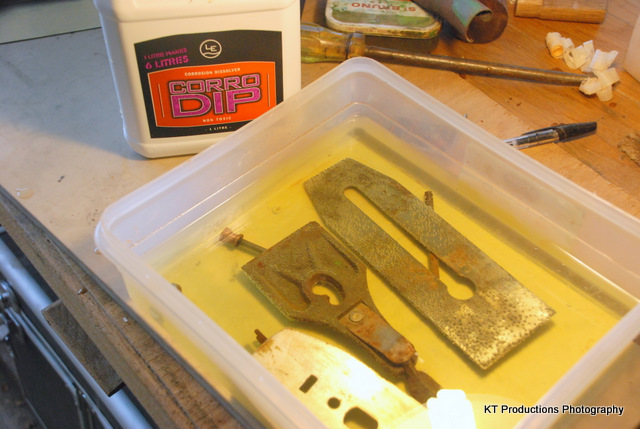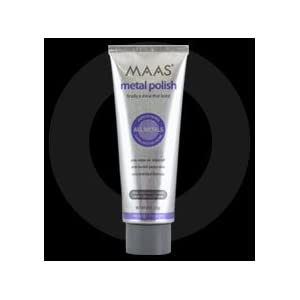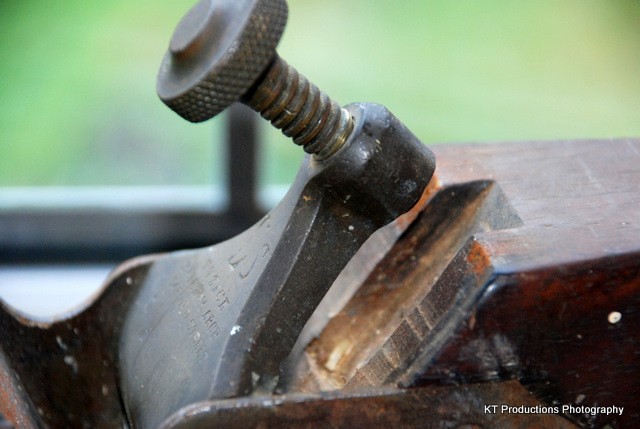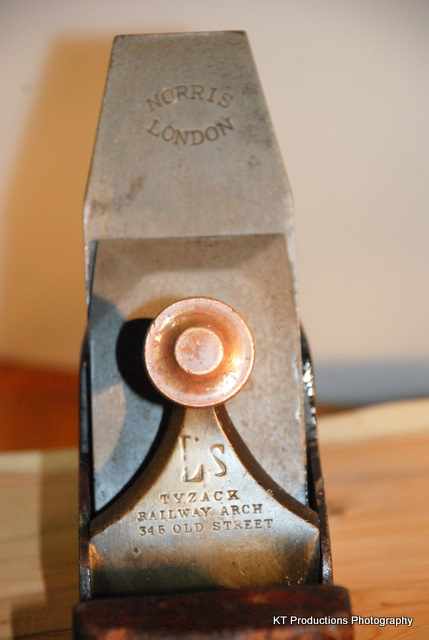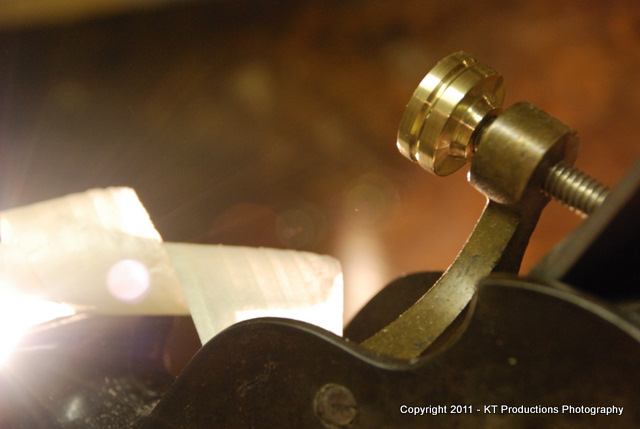jimi43
Established Member
In recent weeks there have been a number of threads asking about chisels...what ones to buy...how can I get the best deal for my money...what's the best steel? You know the kind of thing.
Since there are no bootfairs in our neck of the woods to augment my stock...I decided to carry on restoring the tools that I bought last season...and then I thought it might help others if I documented some restorations so that others might be encouraged to follow this route.
So...today I did a chisel. It took about 2 hours, some CORRO DIP (yes that expensive stuff again!)...a copper brush and some Abranet and Micromesh. If you want to finish the handles..you might want Tru-Oil too.
For this restoration I selected a standard bootfair find...a little Marples boxwood gouge in pretty rough state and for which I would pay pence...at the most a pound.....
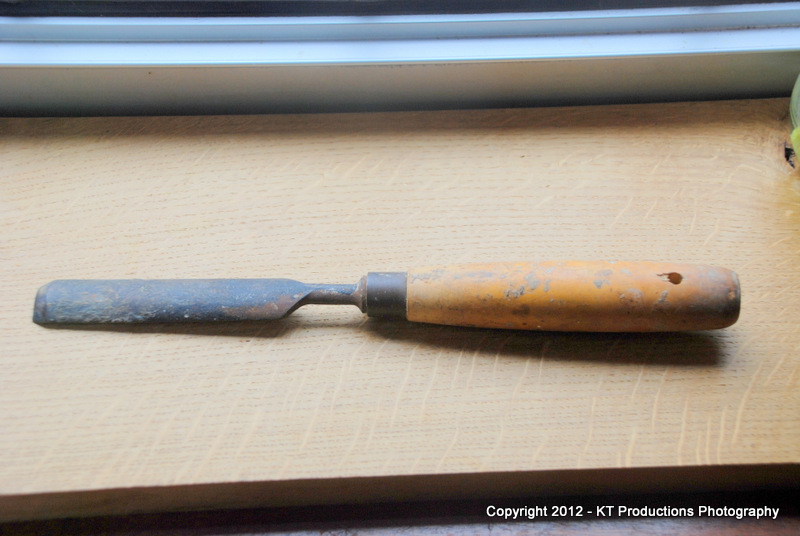
This is pretty typical of tools which have lain neglected in a box in a damp shed for many years...only to surface again during clearouts...and ferried to fields of goodies to be sold for next to nothing.
Most are restorable...even though they may have a fair amount of rust...the key is not too much pitting...
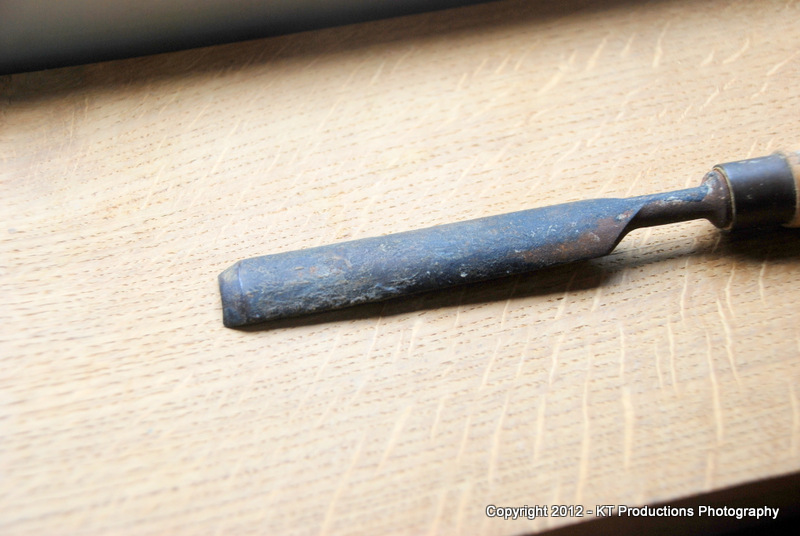
...and it is wise to choose ones with boxwood handles...they tend to be more expensive..hence better quality...
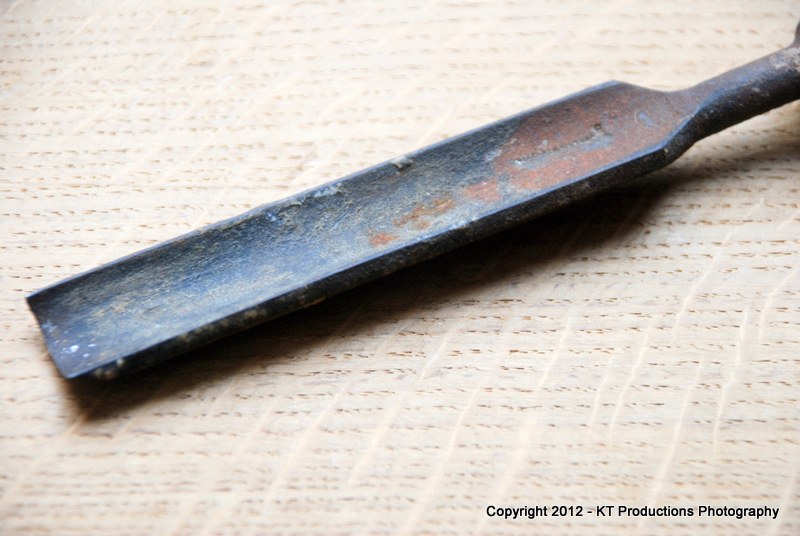
Good makers are also a better bet...the Sorbys...Wards...older Marples...and many others, made superb cast steel tools...which can be honed to extreme sharpness as will be seen.
So..what do we do with this sorry specimen? Well...first of all...if I haven't convinced you yet...invest a score in a litre of CORRO DIP. Now I have no association to this company or product whatever...I am only a happy user...and you will soon see why....
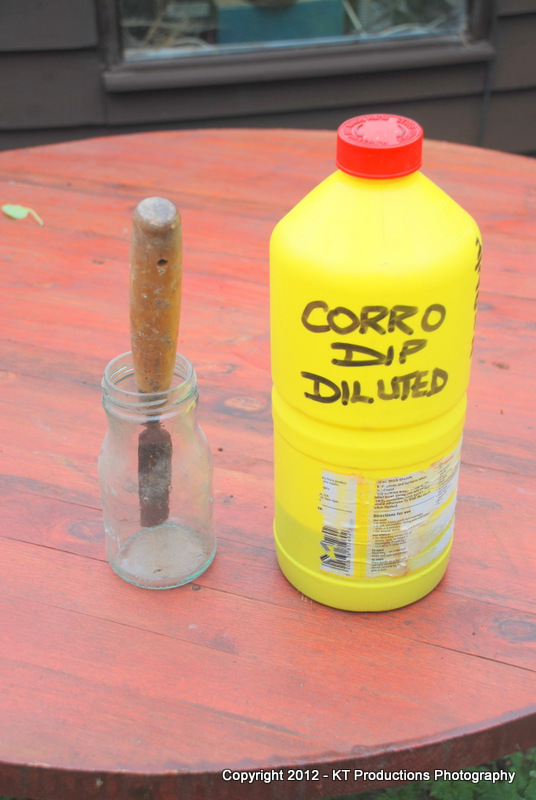
One litre makes 6 litres of diluted fluid...so it works out quite cheap...and my diluted stock is still the original stuff from a few years back...so I don't know when it will stop working...
Put the chisel in a jar...large enough to cover all the steel.....
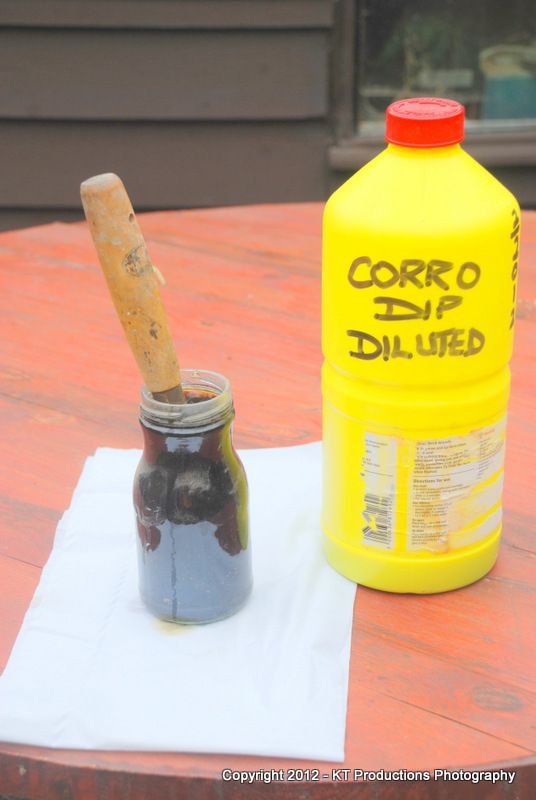
...unlike corrosives such as phosphoric acid...CORRO DIP will not affect surrounding plastic...wood etc. But I would prefer it not to stain the beautiful boxwood so I have left this protruding out of the top.
I had previously heated the liquid in the microwave for about 1 minute 40 seconds...or until hot. It works far better that way.
After an hour...that was all that was needed with this one...I took the chisel out of the liquid....
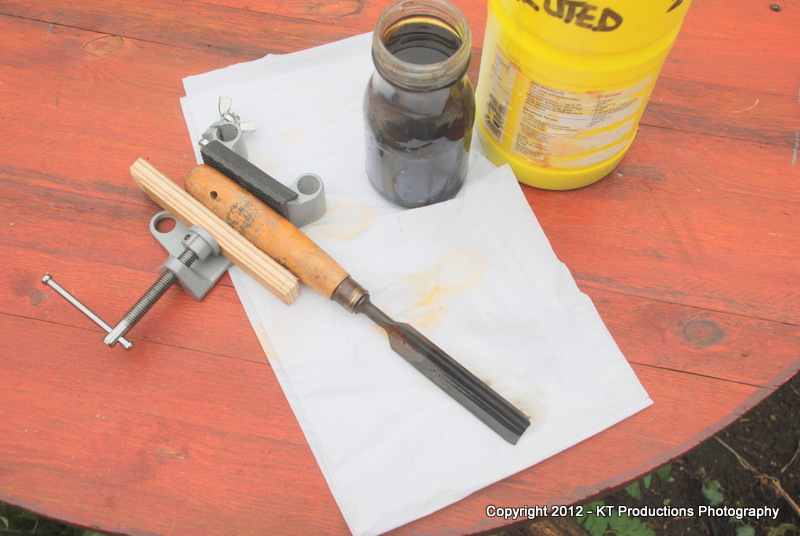
The observant amongst you will notice I have also fixed a split with some epoxy at the same time and will also fix that stupid hole someone drilled in the handle which was the epicentre of the split in the first place! :roll:
It's still pretty mucky!
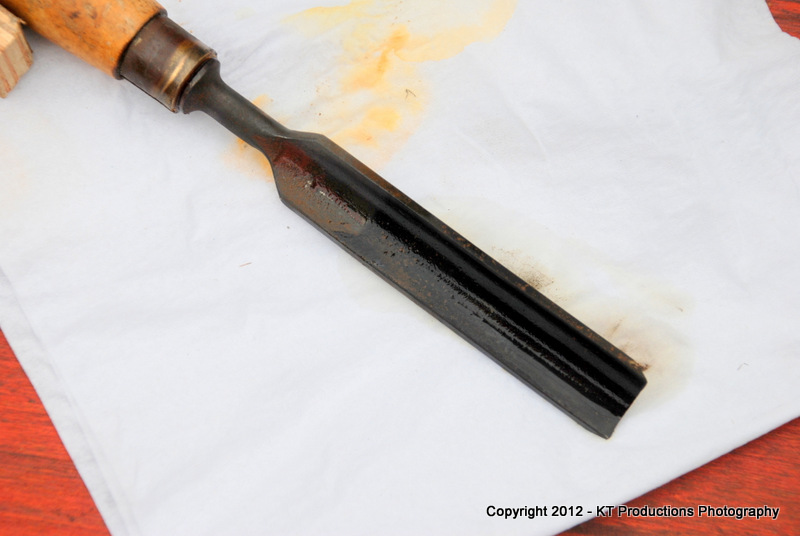
...but note how the overspill has cleaned the brass ferrule too!
A quick scrape will show if the underlying metal is clean and the job done...
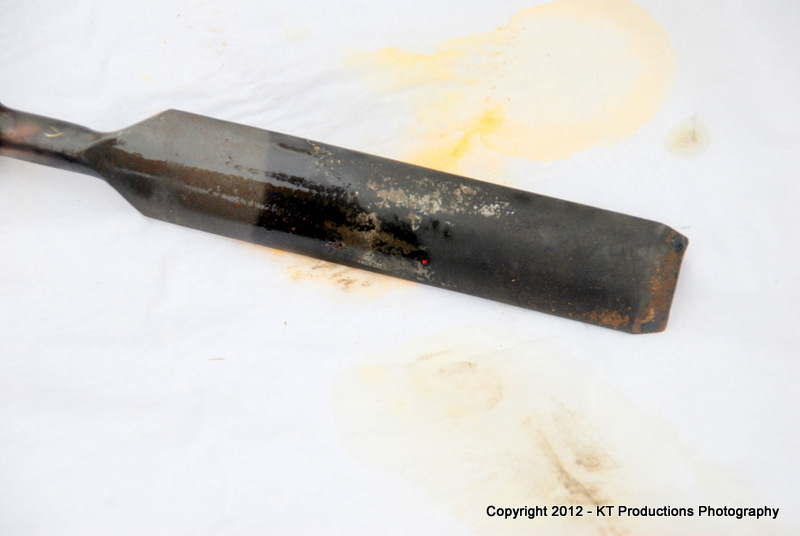
A very light scrub with a soft copper brush showed how good a job had indeed been done with the liquid...
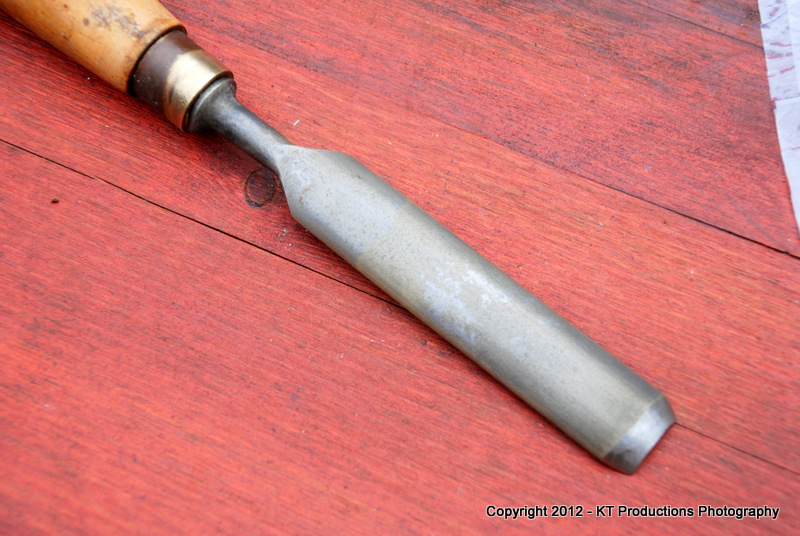
...so I might as well do the front too...
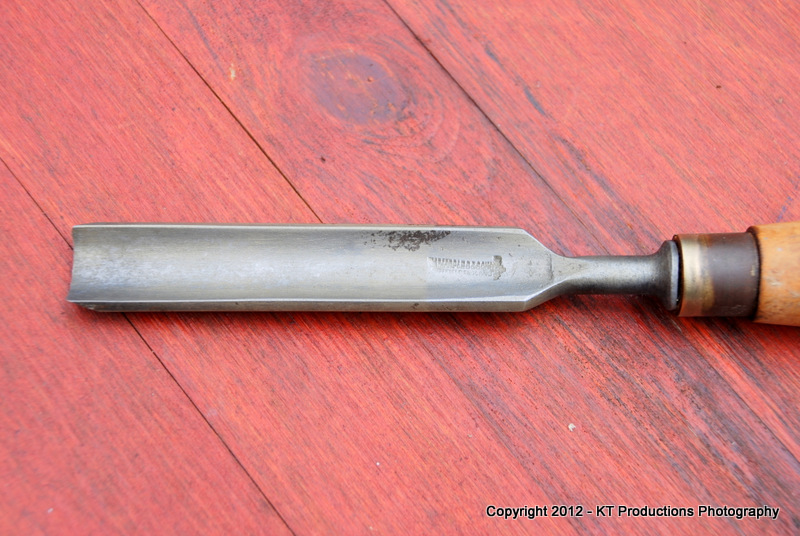
There is only one deep pit just above the maker's mark...but this has been rendered inert...some solid black stuff.
The maker's mark is clean as a whistle with no rubbing so is still very legible....
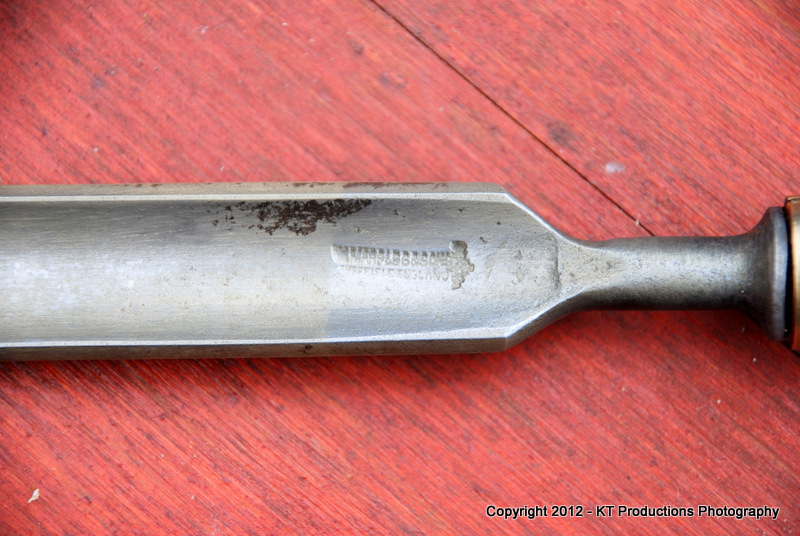
Now we come to a decision...a choice of the new owner (you) really. You can leave it as it is with all the crud and patina on it...or clean it right down to wood...effect all the repairs and refinish. I chose the latter because of the hole, the split and the relative abundance of this mark. It's really up to you.
So...either by hand or in a lathe...use Abranet from 120G down to 400G....followed by MicroMesh 1500M to 12000M
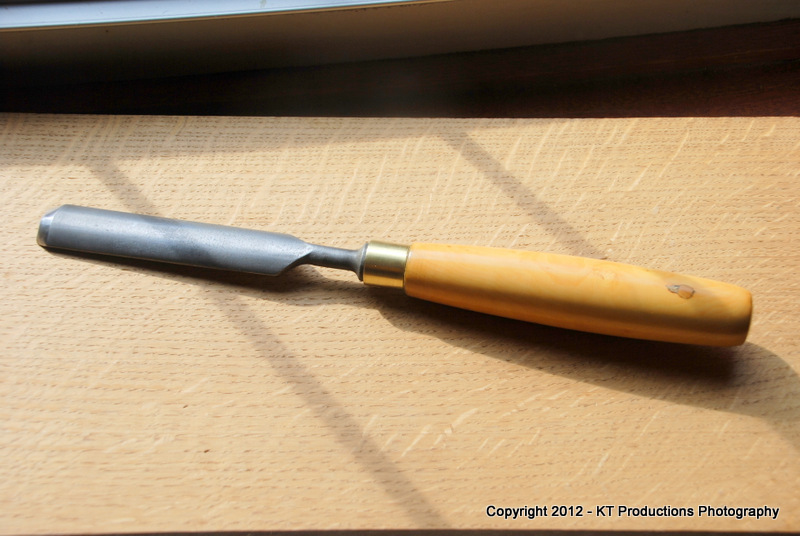
I filled the handle with some scrap boxwood...made it look like a knot....I hate holes in handles!
Note the machining is still evident...something you won't get if you wire brush...especially with a power wheel!
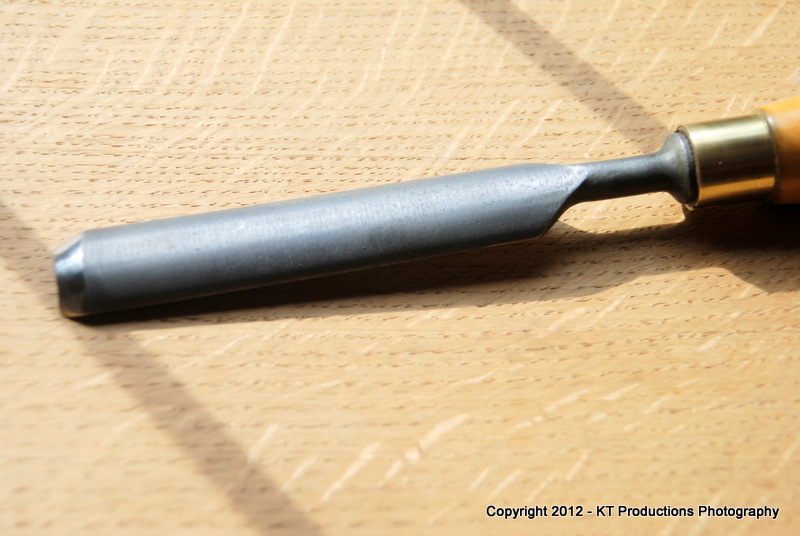
The inside is clean as a new pin too...
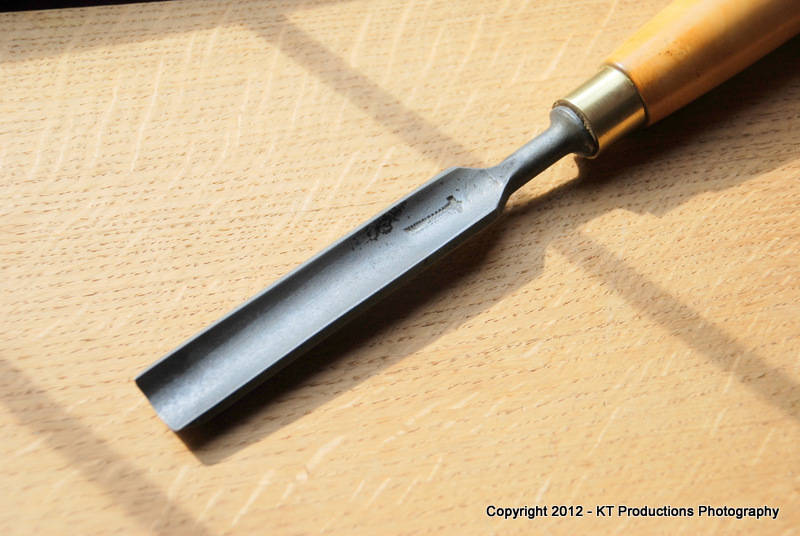
I put Tru-Oil on the handle...it's a lovely natural feel to it...great for using on hand tools and guitar necks..oh...and shotguns!
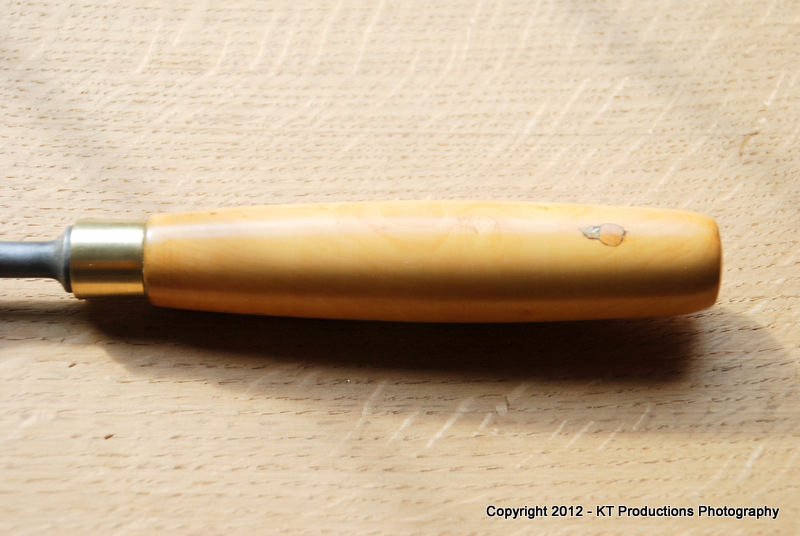
So...next time your finger wavers over the "BUY" button to get a nice modern chisel...don't forget what's floating around in a field near you! :wink:
Oh...and it cuts beautifully too!
Jim
Since there are no bootfairs in our neck of the woods to augment my stock...I decided to carry on restoring the tools that I bought last season...and then I thought it might help others if I documented some restorations so that others might be encouraged to follow this route.
So...today I did a chisel. It took about 2 hours, some CORRO DIP (yes that expensive stuff again!)...a copper brush and some Abranet and Micromesh. If you want to finish the handles..you might want Tru-Oil too.
For this restoration I selected a standard bootfair find...a little Marples boxwood gouge in pretty rough state and for which I would pay pence...at the most a pound.....

This is pretty typical of tools which have lain neglected in a box in a damp shed for many years...only to surface again during clearouts...and ferried to fields of goodies to be sold for next to nothing.
Most are restorable...even though they may have a fair amount of rust...the key is not too much pitting...

...and it is wise to choose ones with boxwood handles...they tend to be more expensive..hence better quality...

Good makers are also a better bet...the Sorbys...Wards...older Marples...and many others, made superb cast steel tools...which can be honed to extreme sharpness as will be seen.
So..what do we do with this sorry specimen? Well...first of all...if I haven't convinced you yet...invest a score in a litre of CORRO DIP. Now I have no association to this company or product whatever...I am only a happy user...and you will soon see why....

One litre makes 6 litres of diluted fluid...so it works out quite cheap...and my diluted stock is still the original stuff from a few years back...so I don't know when it will stop working...
Put the chisel in a jar...large enough to cover all the steel.....

...unlike corrosives such as phosphoric acid...CORRO DIP will not affect surrounding plastic...wood etc. But I would prefer it not to stain the beautiful boxwood so I have left this protruding out of the top.
I had previously heated the liquid in the microwave for about 1 minute 40 seconds...or until hot. It works far better that way.
After an hour...that was all that was needed with this one...I took the chisel out of the liquid....

The observant amongst you will notice I have also fixed a split with some epoxy at the same time and will also fix that stupid hole someone drilled in the handle which was the epicentre of the split in the first place! :roll:
It's still pretty mucky!

...but note how the overspill has cleaned the brass ferrule too!
A quick scrape will show if the underlying metal is clean and the job done...

A very light scrub with a soft copper brush showed how good a job had indeed been done with the liquid...

...so I might as well do the front too...

There is only one deep pit just above the maker's mark...but this has been rendered inert...some solid black stuff.
The maker's mark is clean as a whistle with no rubbing so is still very legible....

Now we come to a decision...a choice of the new owner (you) really. You can leave it as it is with all the crud and patina on it...or clean it right down to wood...effect all the repairs and refinish. I chose the latter because of the hole, the split and the relative abundance of this mark. It's really up to you.
So...either by hand or in a lathe...use Abranet from 120G down to 400G....followed by MicroMesh 1500M to 12000M

I filled the handle with some scrap boxwood...made it look like a knot....I hate holes in handles!
Note the machining is still evident...something you won't get if you wire brush...especially with a power wheel!

The inside is clean as a new pin too...

I put Tru-Oil on the handle...it's a lovely natural feel to it...great for using on hand tools and guitar necks..oh...and shotguns!

So...next time your finger wavers over the "BUY" button to get a nice modern chisel...don't forget what's floating around in a field near you! :wink:
Oh...and it cuts beautifully too!
Jim


































